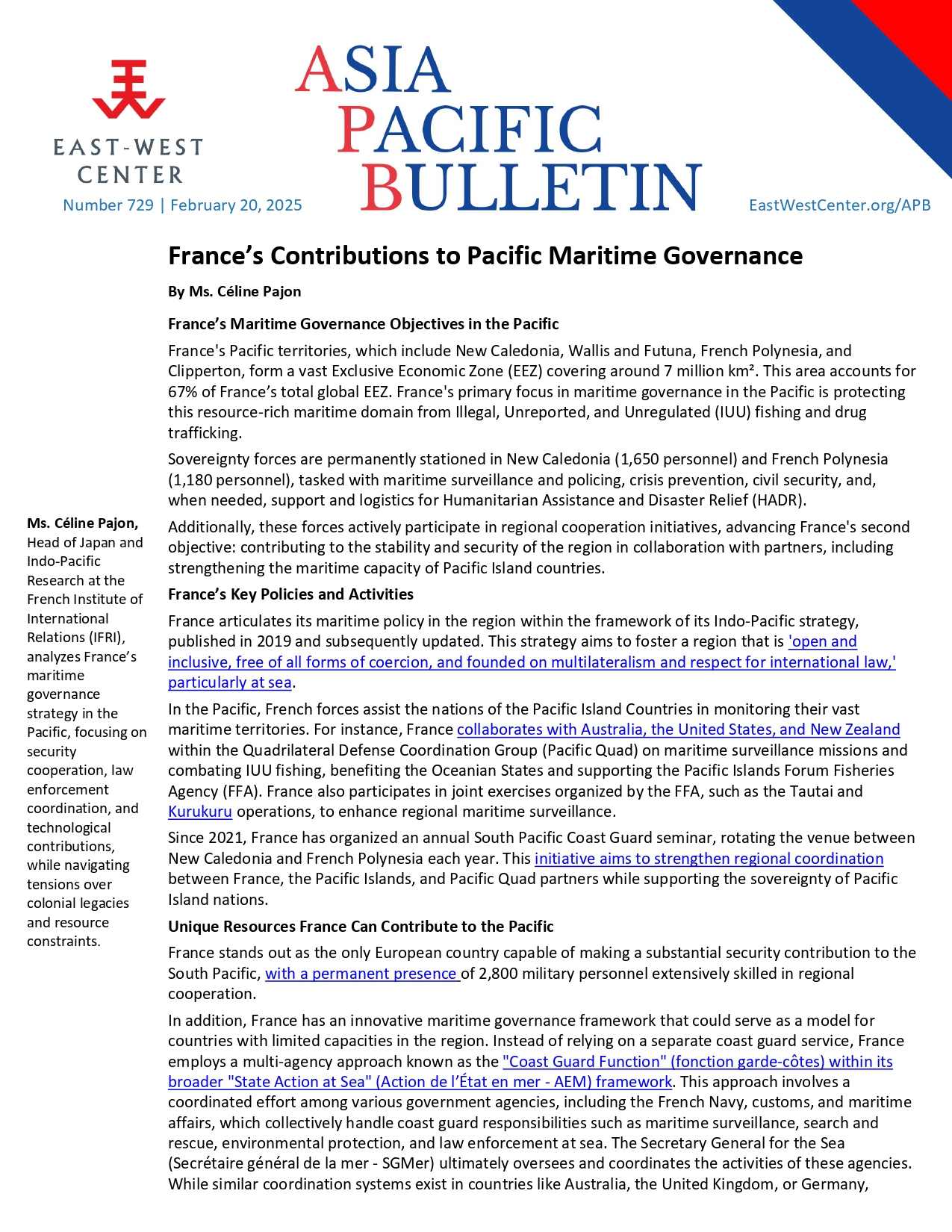Urbanization and Mobility in China: New Patterns and Intermodal Connections

Chinese cities are getting bigger and are also growing into each other. To ensure that the rapidly increasing number of urban residents have access to adequate transportation not only requires increased investment in transportation, but also careful deliberation to allow an optimal tradeoff between different modes of transport as well as a coordinated approach to land development and transport development.
With regard to the built-environment that shapes the environment for everyday travel, Chinese city governments generally carry out carefully conceived spatial planning. Driven by the garden city idea, Chinese cities often plan multi-center spatial structures. The actual end product, however, varies depending on the local context.
Investment in roads alone cannot fuel continuous expansion in China. High-density cities are now ripe for rail transportation investment. Expansion of transportation systems and transit-oriented development also provide a potential solution for congestion problems. Yet there are still challenges to overcome.
Transporting passengers within expanding and high-density urban areas requires a multi-modal approach and transportation hubs that provide intermodal connectivity. Railway stations and airports are typical transportation hubs that not only provide inter-city connectivity, but also function as intra-city transfer hubs.
Inter-connection of transportation systems developed separately by neighboring municipalities is an emerging challenge in developed parts of China. As urban functions extend beyond the administrative boundary of a single municipality, demand for multi-jurisdictional transport services is increasing. The Guangzhou - Foshan case demonstrates the need for a multi-municipality framework for transport planning, investment and management.
Download the full analysis
This page contains only a summary of our work. If you would like to have access to all the information from our research on the subject, you can download the full version in PDF format.
Urbanization and Mobility in China: New Patterns and Intermodal Connections
Related centers and programs
Discover our other research centers and programsFind out more
Discover all our analysesJammu and Kashmir in the Aftermath of August 2019
The abrogation of Article 370, which granted special status to the state of Jammu and Kashmir (J&K), has been on the agenda of the Bharatiya Janata Party (BJP) for many decades.

France’s Contributions to Pacific Maritime Governance
France stands out as the only European country capable of making a substantial security contribution to the South Pacific, with a permanent presence of 2,800 military personnel extensively skilled in regional cooperation.
Unlocking India’s Energy Transition: Addressing Grid Flexibility Challenges and Solutions
India is rapidly scaling up its renewable energy (RE) capacity, adding 15–20 GW annually, but the ambitious goal of 500 GW of non-fossil capacity by 2030 is at risk unless the pace accelerates.

The China-Russia Partnership and the Ukraine War: Aligned but not allied
China and Russia maintain a strategic partnership rooted in shared opposition to the U.S. and liberal democracies, but their relationship is shaped more by pragmatism than trust.









